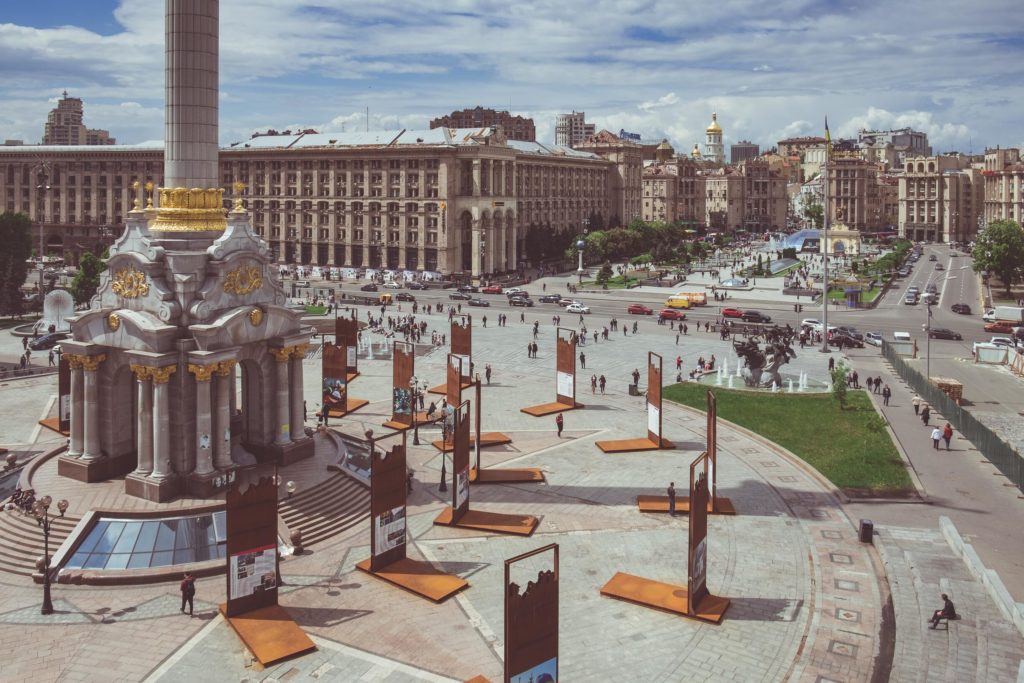A whirlwind would be a decent word to use to summarize the diplomatic and financial happenings this year to date. While 2022 began rather peacefully, the onset of the war and the civilian casualties, or the agricultural and fuel shortages, have put this year in a precarious situation. Furthermore, there isn’t any indication that a haven is approaching anytime soon.
In this article, we will talk about the past and current real estate prices in Ukraine, the impact of the Russian invasion and inflation on values, and the estimates of real estate prices.

Housing market situation in past
After the Ukrainian administration permitted the privatization of housing estate and personal land, in particular, the Ukrainian housing sector began its upward trajectory. The Ukrainian industry began to gradually grow in 2001, following a growth in domestic construction. Additionally, a surge in mortgage credits was caused by the expansion of the banking industry in Ukraine and the enactment of several significant regulations that regulated mortgage loans.
Since 2013, Ukraine’s real estate market has experienced a significant decline as a result of the democratic and subsequent financial crises. Based on the nature and locality of the land, rates are often dropped by 20–50%.
The Ukrainian industry began to emerge from the catastrophe in 2016. The Central Bank and the Ukrainian authorities anticipated a 1% GDP growth ratio in Ukraine in 2016.
The Ukrainian housing industry is on the mend after the sharp decline in values amid the 2014 recession. The typical cost per square meter increased to $1,035 in 2019. In Kyiv, the cost of brand-new residences rose by 0.39% at the end of 2020 as opposed to the beginning.
Real estate prices amid a pandemic and war
One of the few global industries to have long-term negative repercussions from the outbreak is real estate. Furthermore, challenges including supply chain limitations and increased energy prices that surfaced in 2021 also affected the rates. A few new challenges also arose at the beginning of 2022, such as the US and EU’s skyrocketing inflation that resulted in the cost of living.
The border dispute in Ukraine has also had a significant influence on the middle classes, the distribution of basic goods, and financial markets. Theoretically, all these obstacles ought to hinder the sale of real estate.
Rates in H1
The Ukraine War lasted for more than a month, and there were two months of unusual hyperinflation during the first three months of this year. But there were no indications that home sales were changing.
The Realtors Agency’s most recent study reveals the exact opposite. According to their data, the monthly increase in real estate prices was 4.2%. 10.61% was the highest percentage year over year since early 2008.
New houses experienced significantly larger price increases. In contrast to an 8.2% increase in resale house values, their value increased by 10.1% throughout the year.
Costs in May
Real estate prices increased by 1.1% in monthly aspects in April and May and by 7.7% and 8.4% in annual measures, correspondingly, based on expert assessments. If this pattern persisted, monthly increases would be close to 3.3%.
Rental property rates
In addition to the increase in home acquisition costs, rent prices have dropped by roughly 30% since the start of the catastrophe. The following chart shows the increase in rental prices in Kyiv in early 2021:
- 1-bedroom flat: USD 276 monthly, which is 1.5% higher than in 2020;
- 2-bedroom units: USD 374 monthly, which is 1.9% more than in 2020;
- 3-bedroom units: USD 444, which is 1.8% more than last year.
The cost of rent in Kyiv’s Shevchenkivskyi area is still the highest at roughly $590 per month for a three-room flat, trailed by Pecherskyi ($560) and Obolonskyi ($457).

